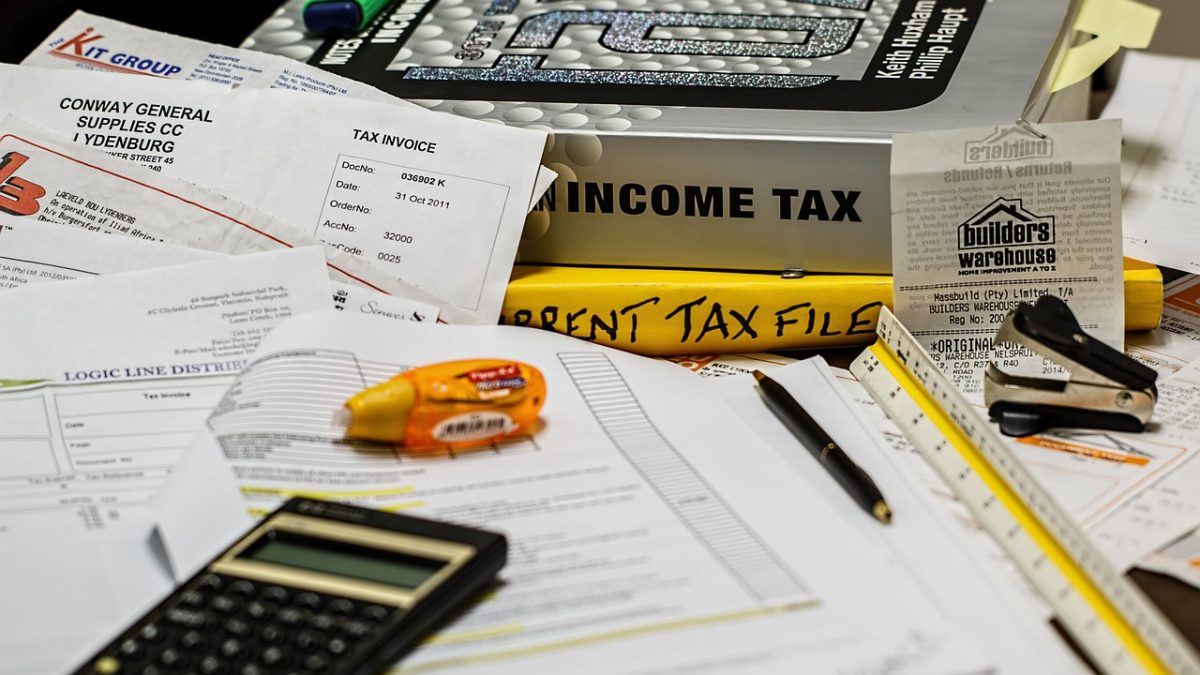Income Tax
The main income tax thresholds and allowances had already been frozen at the 2021-22 levels until 2026 and that has been extended to 6 April 2028.
The main income tax rates are unchanged for 2023-24 at: 20%, 40% and 45%.
Individuals in England, Wales and Northern Ireland will start to pay 40% tax on income above £50,270. The 45% tax rate currently applies to income above £150,000 but that threshold will be cut to £125,140 (the level at which a taxpayer’s personal allowance will have reduced to zero) from 6 April 2023.
The freeze or reduction of income tax thresholds and allowances coupled with inflation of over 11% will drag many more people into higher rates of tax every year. Once a taxpayer’s income strays into the 40% band their personal savings allowance (the amount of interest that is tax free) drops from £1,000 to £500 per year. Taxpayers who pay tax at 45% have no personal savings allowance.
Taxpayers who are resident in Scotland pay income tax on their earnings, profits and rental income at different rates and from different thresholds to people in the rest of the UK. However capital gains, savings and dividends are taxed at the same rates across the UK. The Scottish income tax rates for 2023-24 are due to be announced by the Scottish Government on 15 December 2022.
The high income child benefit charge threshold remains unchanged at £50,000 and families where the higher earner has total relevant income over £50,000 have some of their child benefit clawed back. This catches some people whose highest marginal rate is only 20%.





